
Physics
How to spot tiny black holes that might pass through the solar system
Flybys of primordial black holes may occur once a decade. Tweaks to the orbits of planets and GPS satellites could give away their presence.
Every print subscription comes with full digital access

Flybys of primordial black holes may occur once a decade. Tweaks to the orbits of planets and GPS satellites could give away their presence.
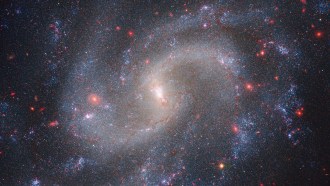
Different measurements of the cosmic expansion rate disagree. The James Webb telescope could determine whether that disagreement is real.

Data from NASA’s Parker Solar Probe and ESA’s Solar Orbiter might have cracked an enduring solar riddle. But not everyone yet agrees.
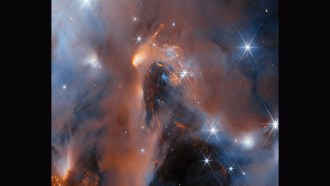
Images by the James Webb telescope of six Jupiter-sized worlds, one of which may have a moon-forming disk, reveal clues into how planets and stars form.
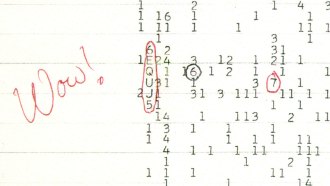
One of the best possible signs of extraterrestrial communication may have an astrophysical explanation — albeit a weird one.
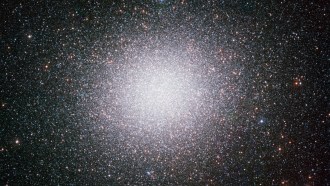
Astronomers recently reported that the Milky Way star cluster Omega Centauri hosts an elusive type of black hole. A new study says it does not.

Star formation has ceased within at least 16 million light-years of the quasar. A similar phenomenon may have fried the Milky Way when it was young.
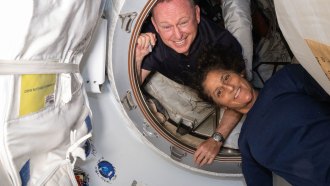
Butch Wilmore and Sunita Williams join more than a dozen astronauts who’ve been stranded in space by mechanics, weather or geopolitics since the 1970s.
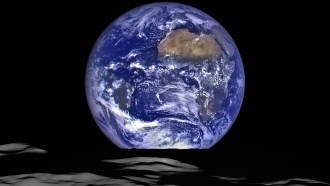
Climate change is threatening Earth’s biodiversity banks. It might be time to build a backup on the moon.
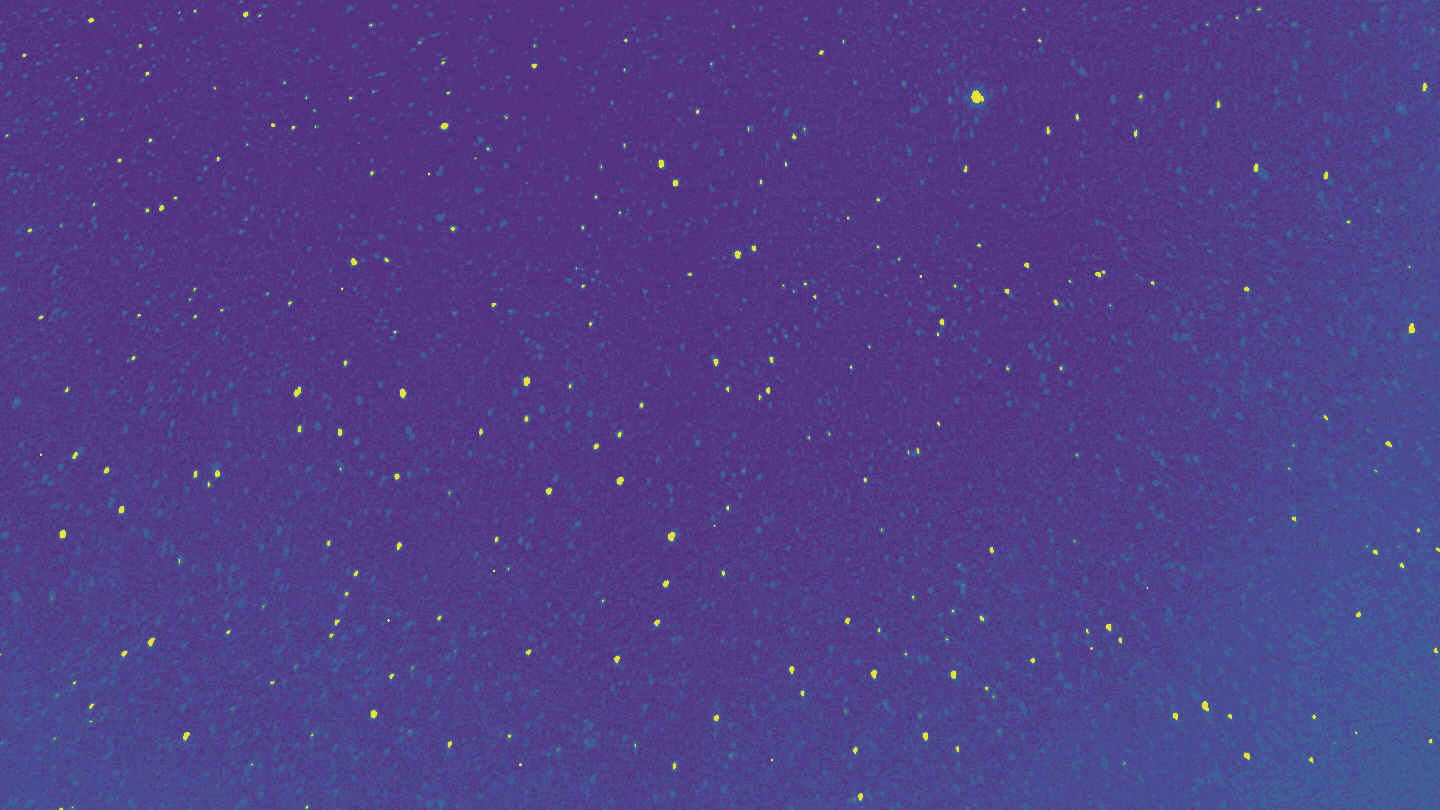
A new survey of meteors that leave persistent trails found that speed and brightness don’t matter as much as atmospheric chemistry.
Subscribers, enter your e-mail address for full access to the Science News archives and digital editions.
Not a subscriber?
Become one now.